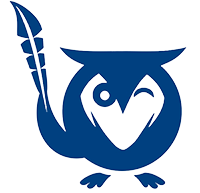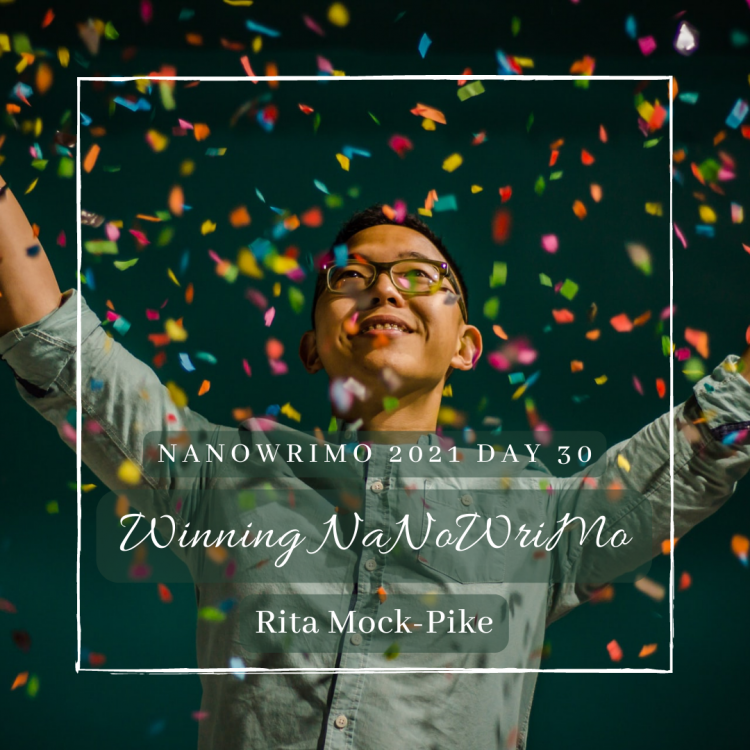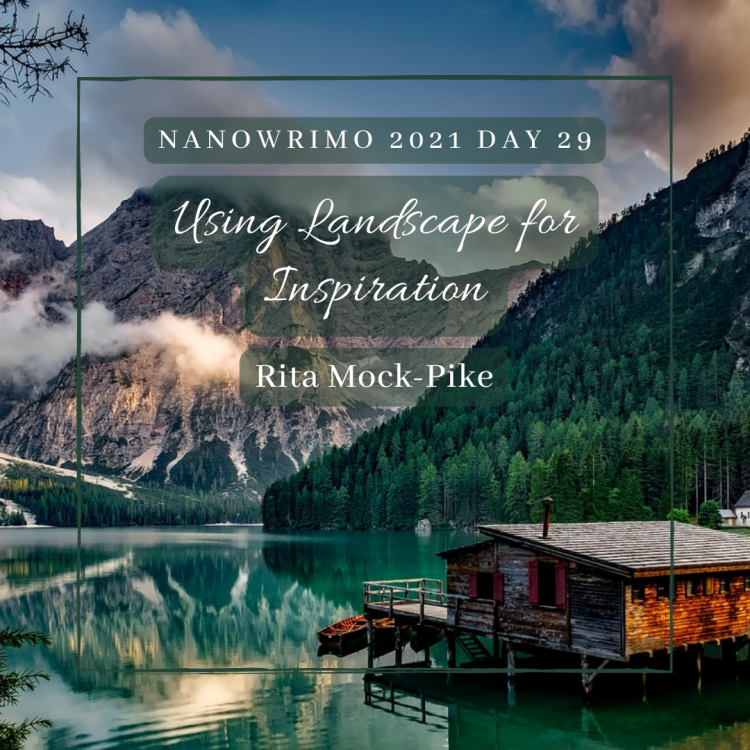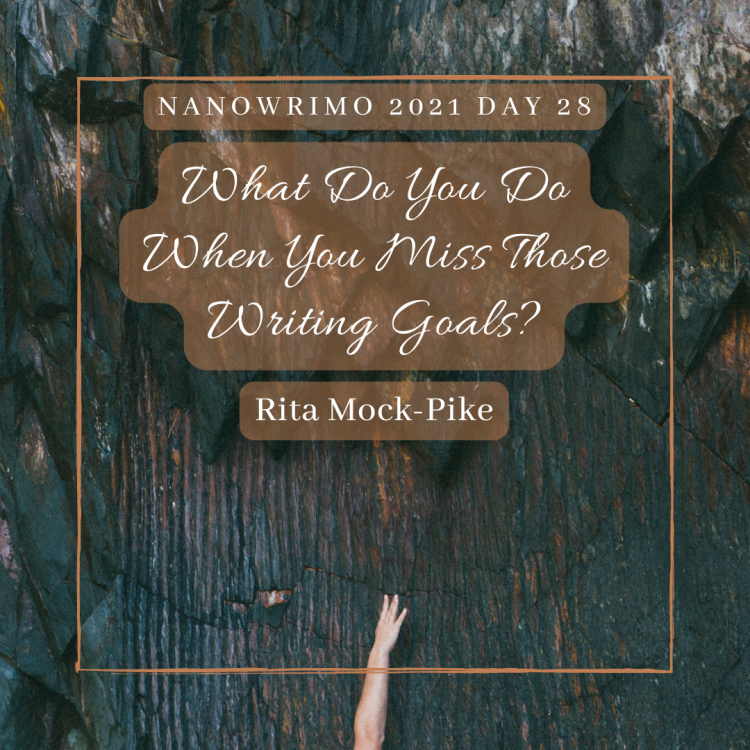NaNoWriMo Day 7: Rethinking the Strong Female Lead
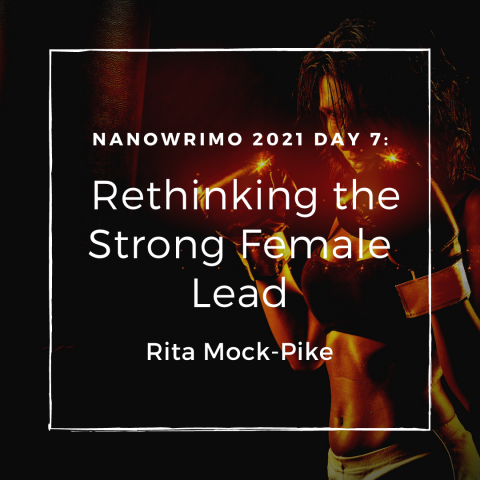
Image by Ryderwear
As I’ve worked on my craft as a writer, I’ve come to realize – for myself at least–that though plot is vital for a “good read,” character development is more important. The plot is driven by good characters, the setting is impacted by characters, story arc and character arc are developed by characters. I don’t often enjoy books that aren’t created by the characters themselves developing, changing, and growing.
Earlier this year, I interviewed Zandile Tshabalala about her work in the exhibit Paradise at the ADA/contemporary art gallery in Accra, Ghana. During the interview, she discussed “re-visioning the Black female figure.” I was struck by how she expressed the strength of these women even as she depicted them at rest in their own paradise, a respite from the world’s view of them as working individuals.
These stereotypes that Zandile is breaking free from is what got me thinking about this question of how to create a true strong woman lead.
So, as I’ve worked on my own character development, I’ve noticed something in much of the world’s “strong female lead” design. (And I do mean this specifically in relation to the term feminine. There is a dominant attitude toward femininity that applies to both cis-gendered women and transgendered women, as well as nonbinary folks who biologically may be women.)
This pattern I’ve seen is this: the “weakening” of women and feminine characters by “masculinizing” the characters in order to have them considered “strong.” Let me explain via some examples.
While women absolutely can be – and often are – stoic, women do not have to be stoic, or “emotionally stoic” as I have coined, in order to be strong characters. An example of this is Anya Taylor-Joy’s character, Beth Harmon, of The Queen’s Gambit. Beth is a predominantly quiet character who mostly introspects her way through the short-run television series, occasionally having intense moments when the audience can read her more deeply.
Again, I’m not saying women can’t be this way. I know a few who are. And this stoicism is depicted as primarily coming from the trauma which she experienced in her youth. This can absolutely be realistic and natural.
The problem is not that Beth Harmon is written this way, but that a large number of women characters are. They must be stoic, emotionally stunted, substance-addicted or similarly characterized to be deemed “strong” in much of the world’s mindset.
Additionally, with many “strong female leads,” their appearance is masculinized. With some, this is intentional for “it’s a man’s world and she has to blend in to succeed” sort of mindsets, but even in many cases where the character identifies as woman or female, she is still dressed in mannish attire – and/or the characters around her are shocked whenever she dresses in something considered feminine (i.e., a dress or skirt).
In contrast, I would like to offer a highly opposing character who is an appropriately strong woman lead: Reese Witherspoon’s character, Elle Woods, of Legally Blonde.
Because I’m not a fan of the genre, I should hate the movie and hate the character. But, because of her unique strength, I love both the film and Elle herself. Why? She’s a strong woman who doesn’t have to fit the mold of masculine features and character qualities to be considered so.
Elle Woods is independent, intelligent, emotionally aware of herself and others around her, compassionate, “tough,” and equally soft and light. She didn’t change her personality, despite initially thinking she had to change to become the typical rom-com chick she aspired to be. Instead, her character arc demonstrated strength in the way she (or the writers, or whomever) develops her character without compromising her personality, self-expression, and self-worth.
I could go on and on about this, but I hope that I don’t have to, and that this short piece is enough to provoke thoughts on how depicting strong women leads without compromise into “masculinizing” them according to the sexist standard of what that “should” look like.
Need more NaNoWriMo help and inspiration? Check out these posts from our staff on the exciting month!
Editor-in-Chief of The MockingOwl Roost, Rita Mock-Pike is the granddaughter of aviatrix, Jerrie Mock, first woman to pilot an airplane solo around the world. Rita has found inspiration from her grandmother’s life and flight and pursued many of her own dreams in theatre, podcasting, novel writing, and cooking up delicious food from around the world. She now writes on food, travel, pets, faith, and the arts. She’s happily married to Matt, and faithfully serves the very fluffy kitten queen, Lady Stardust.

